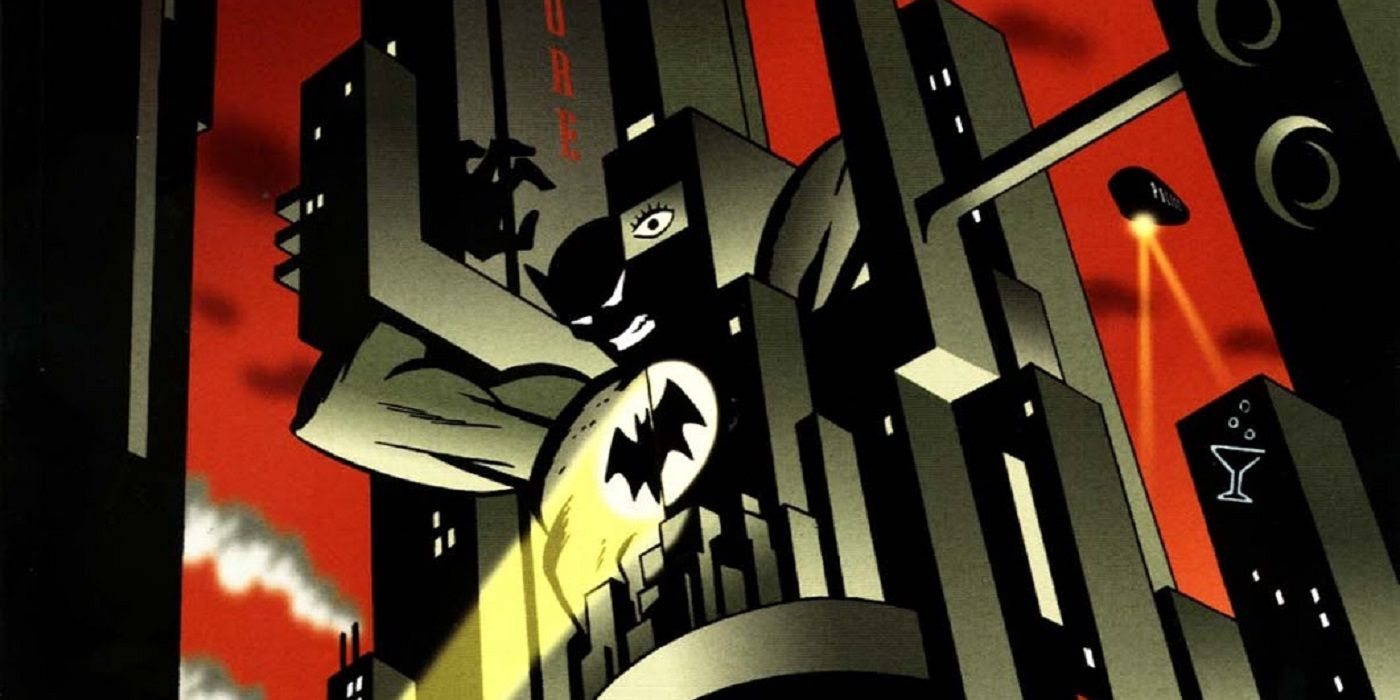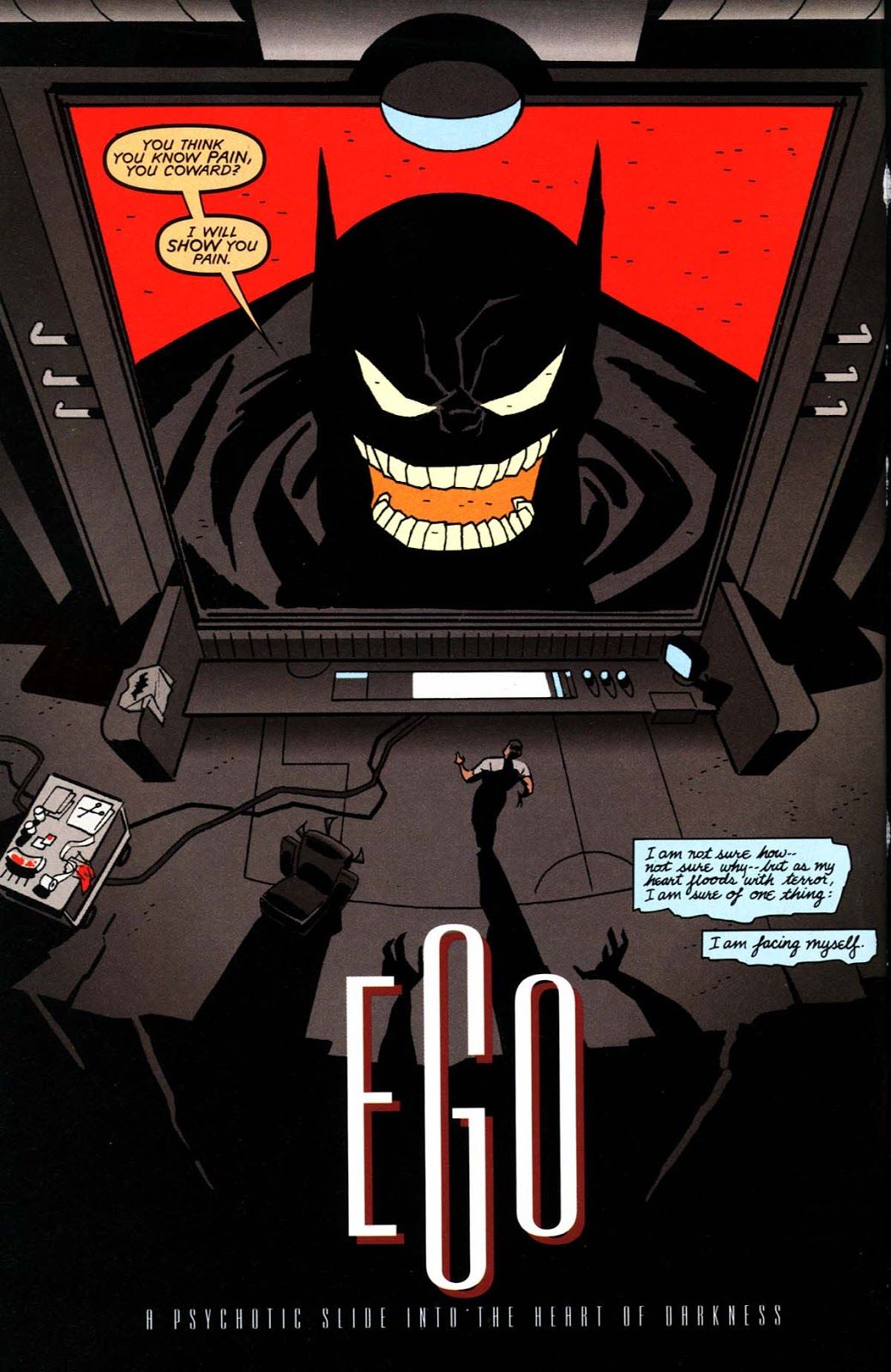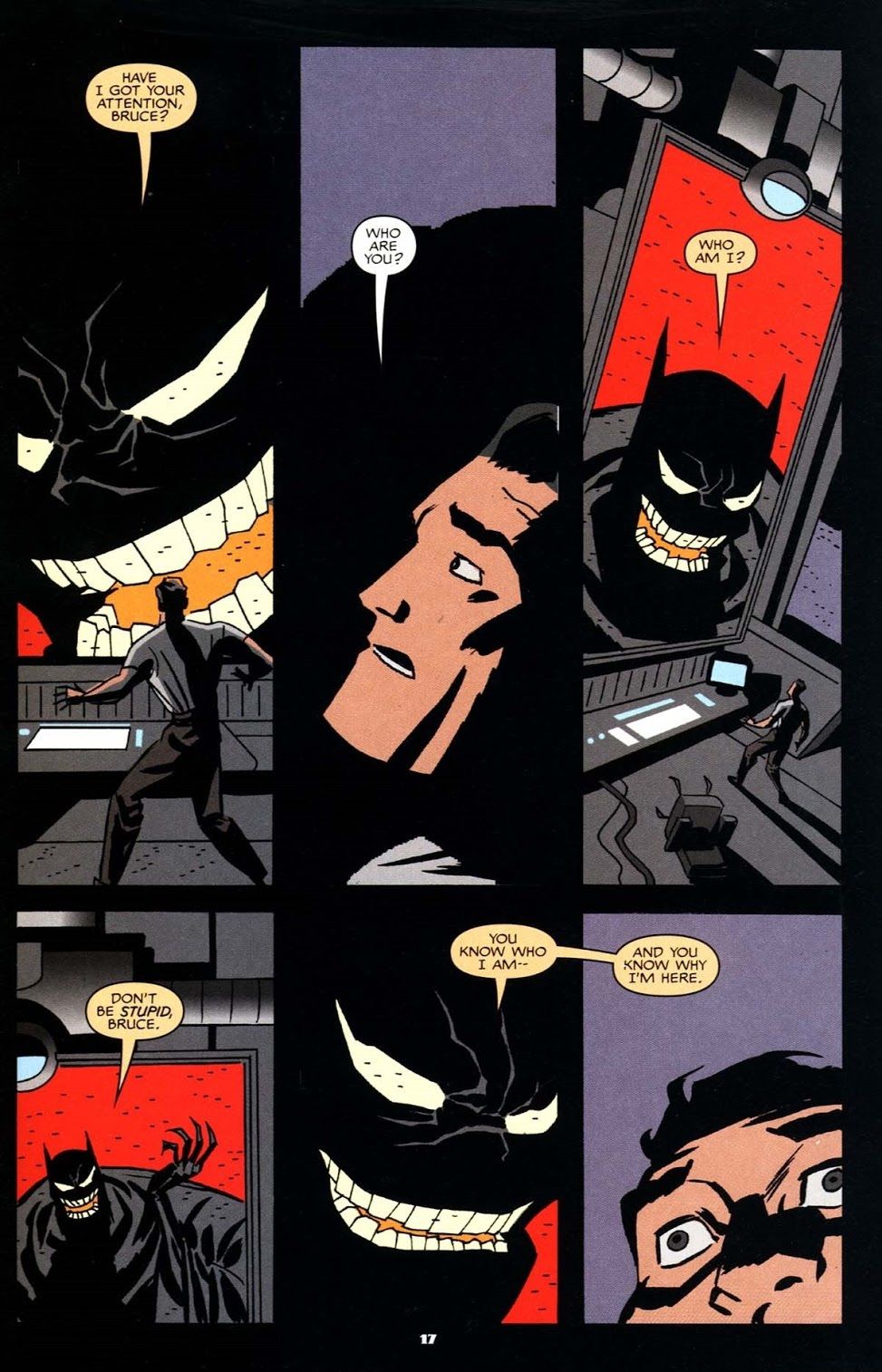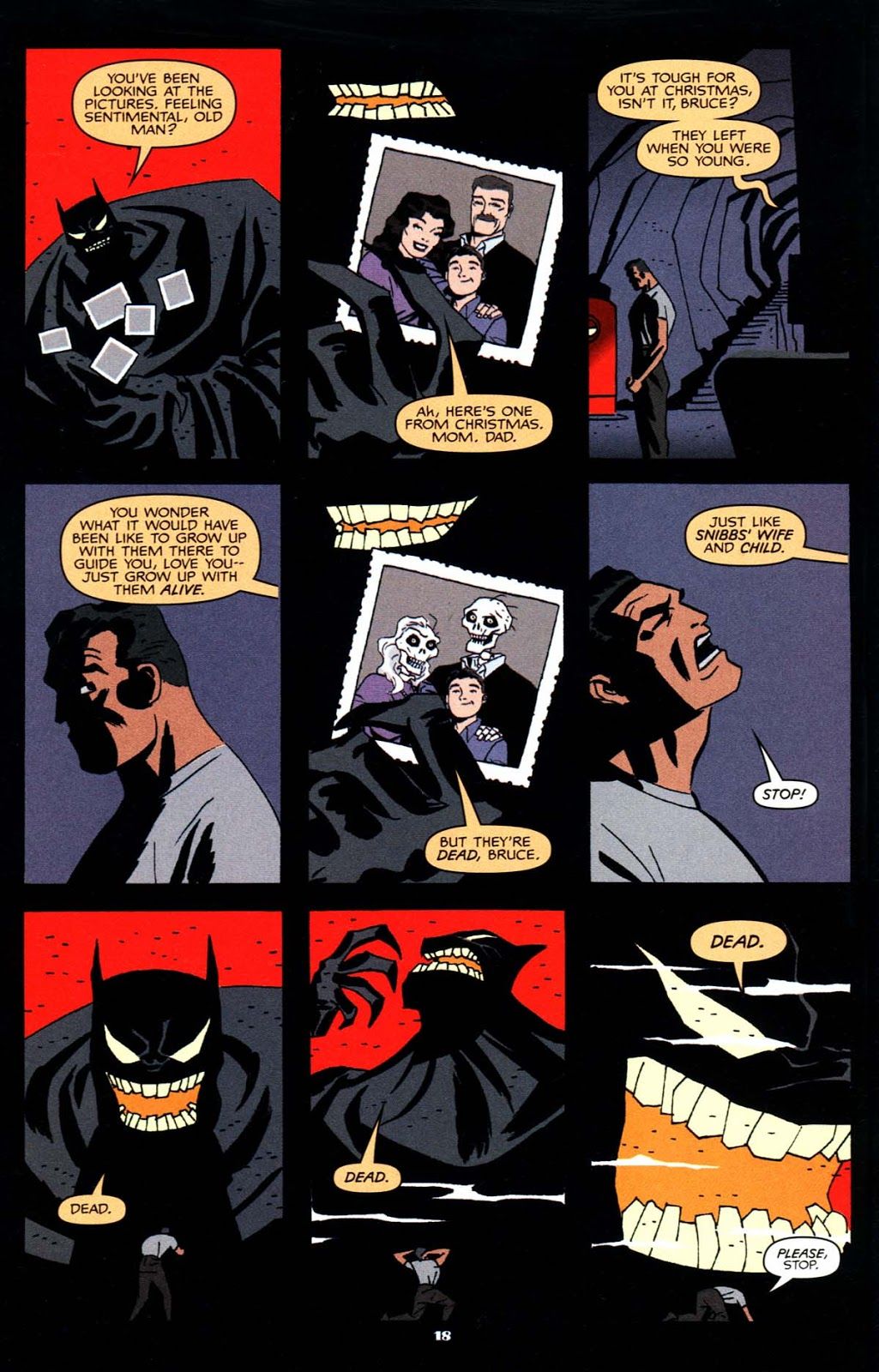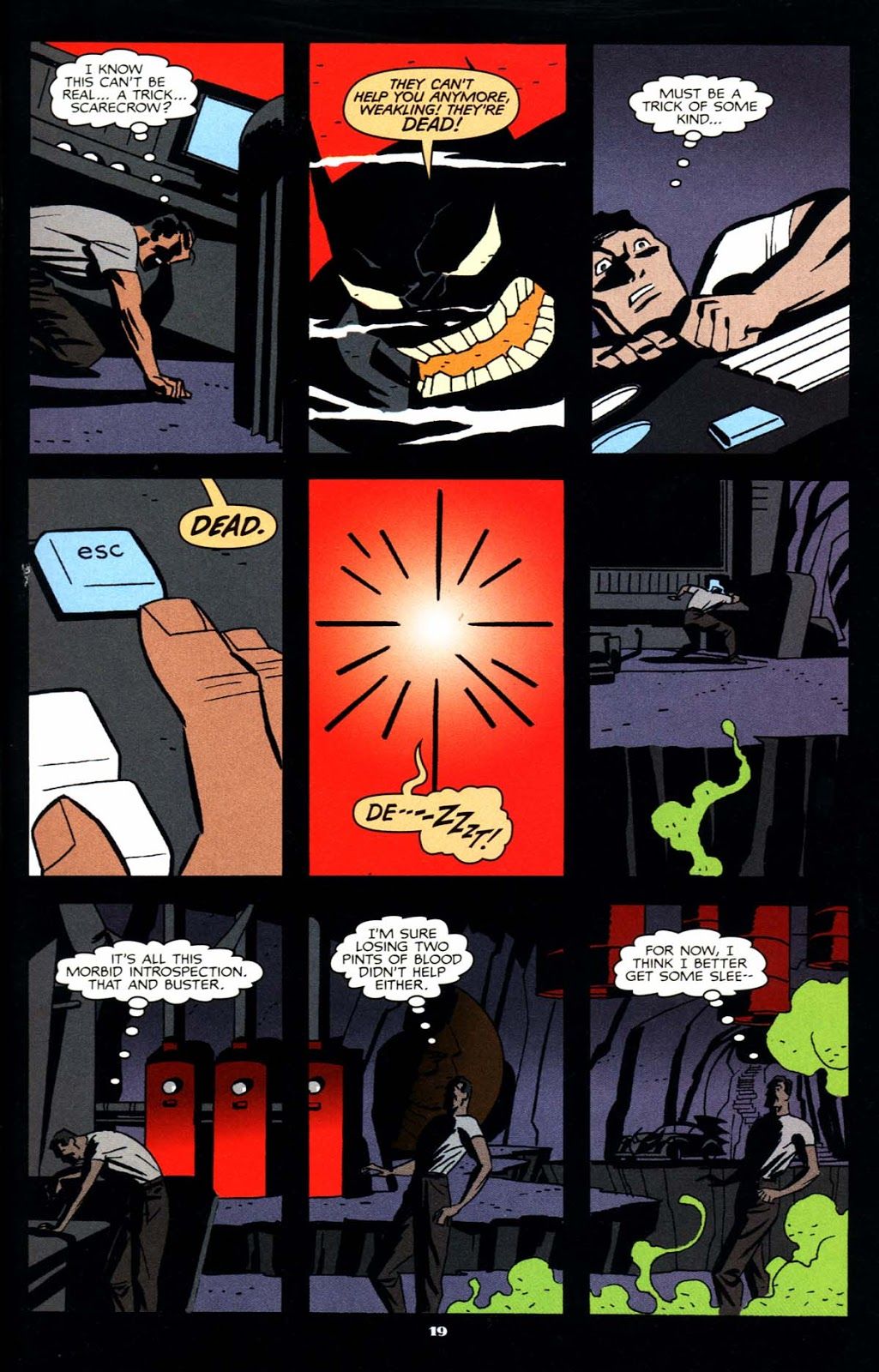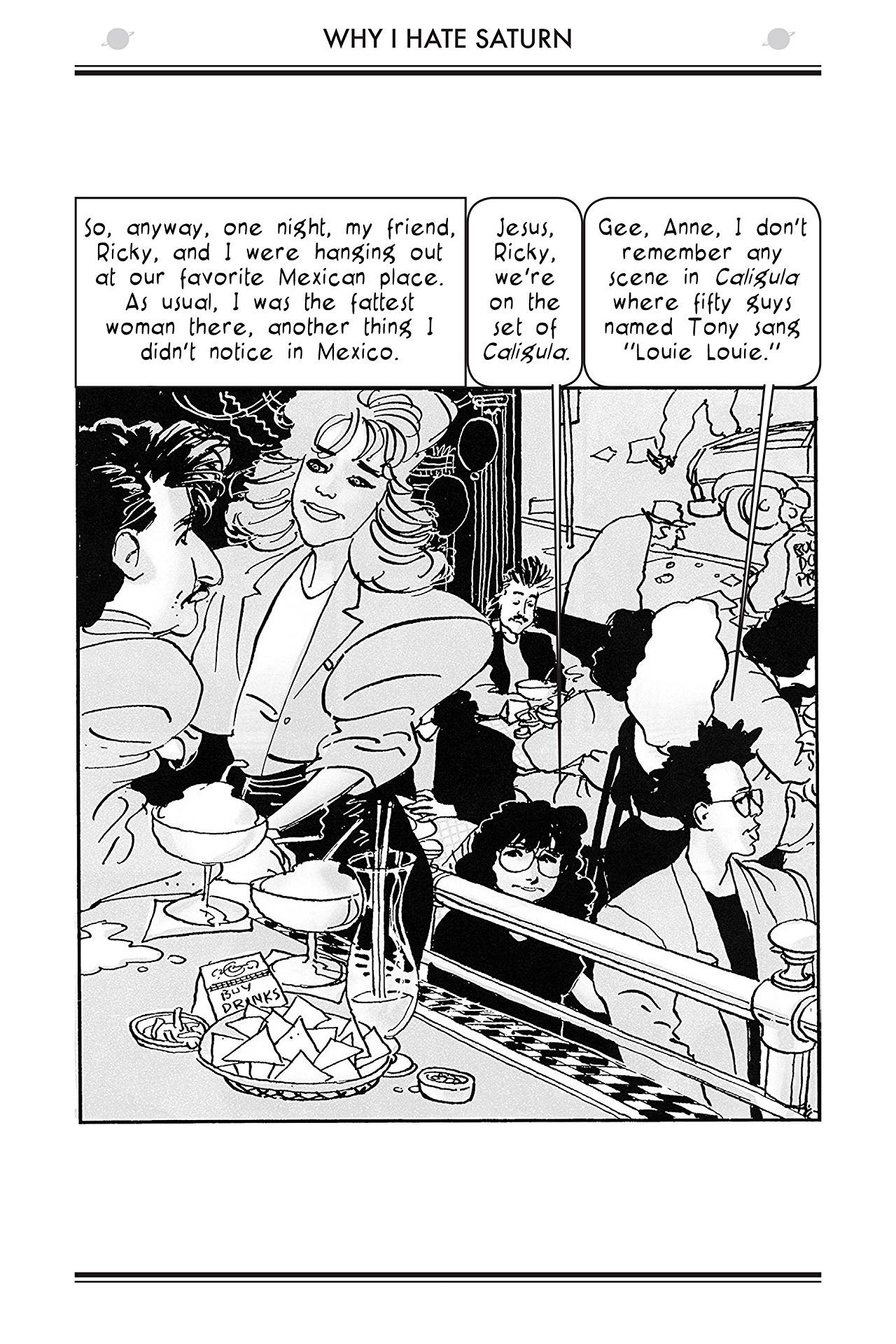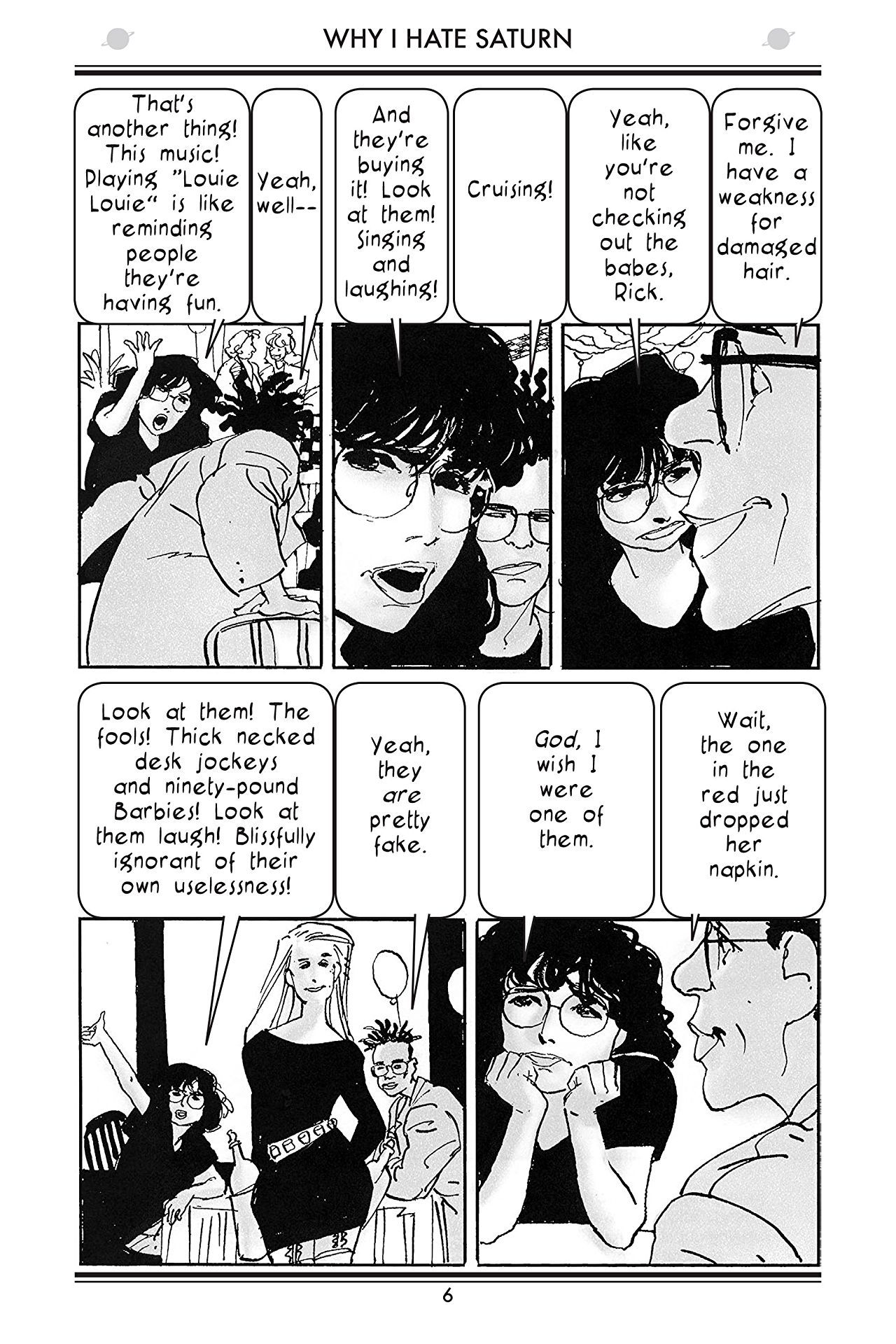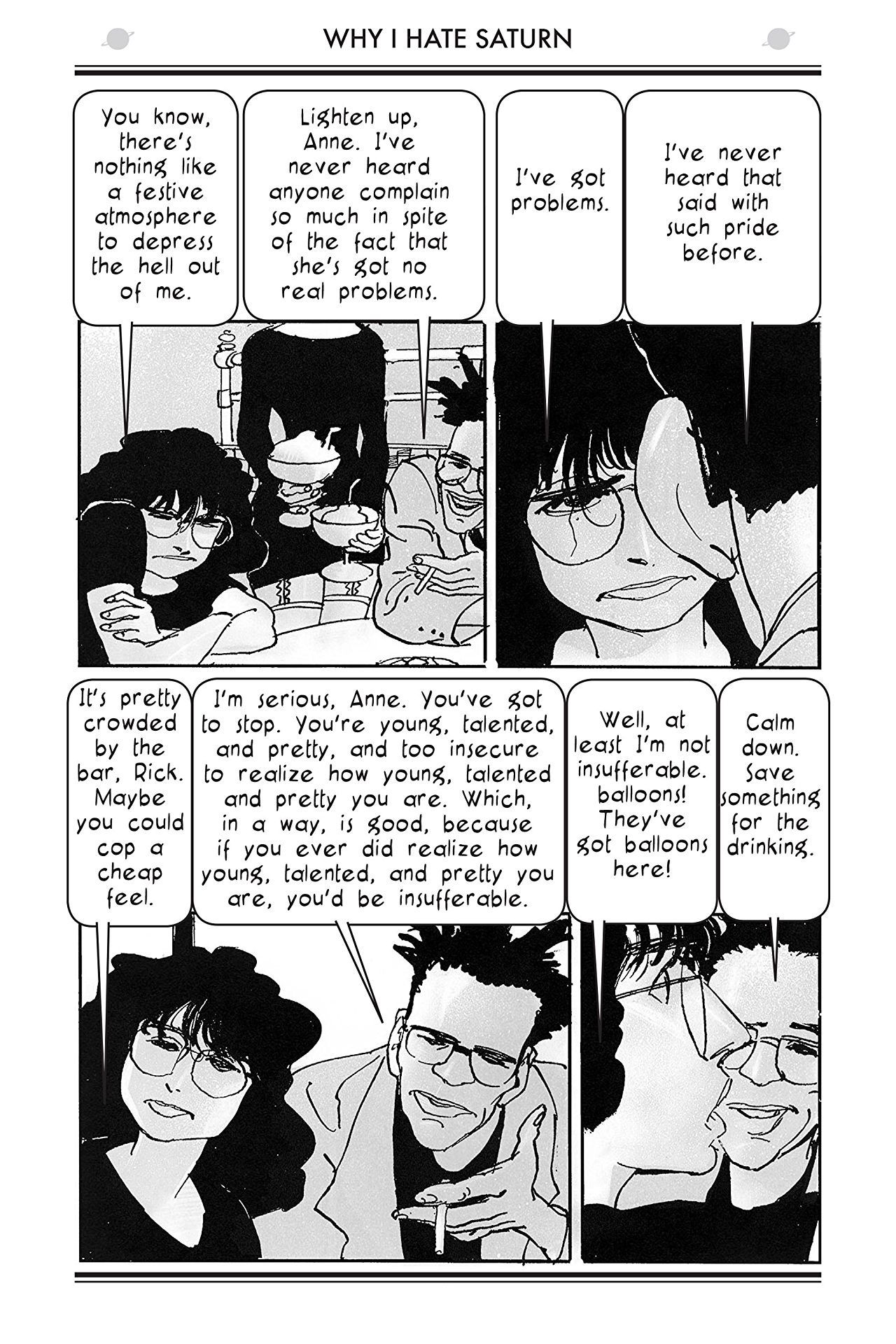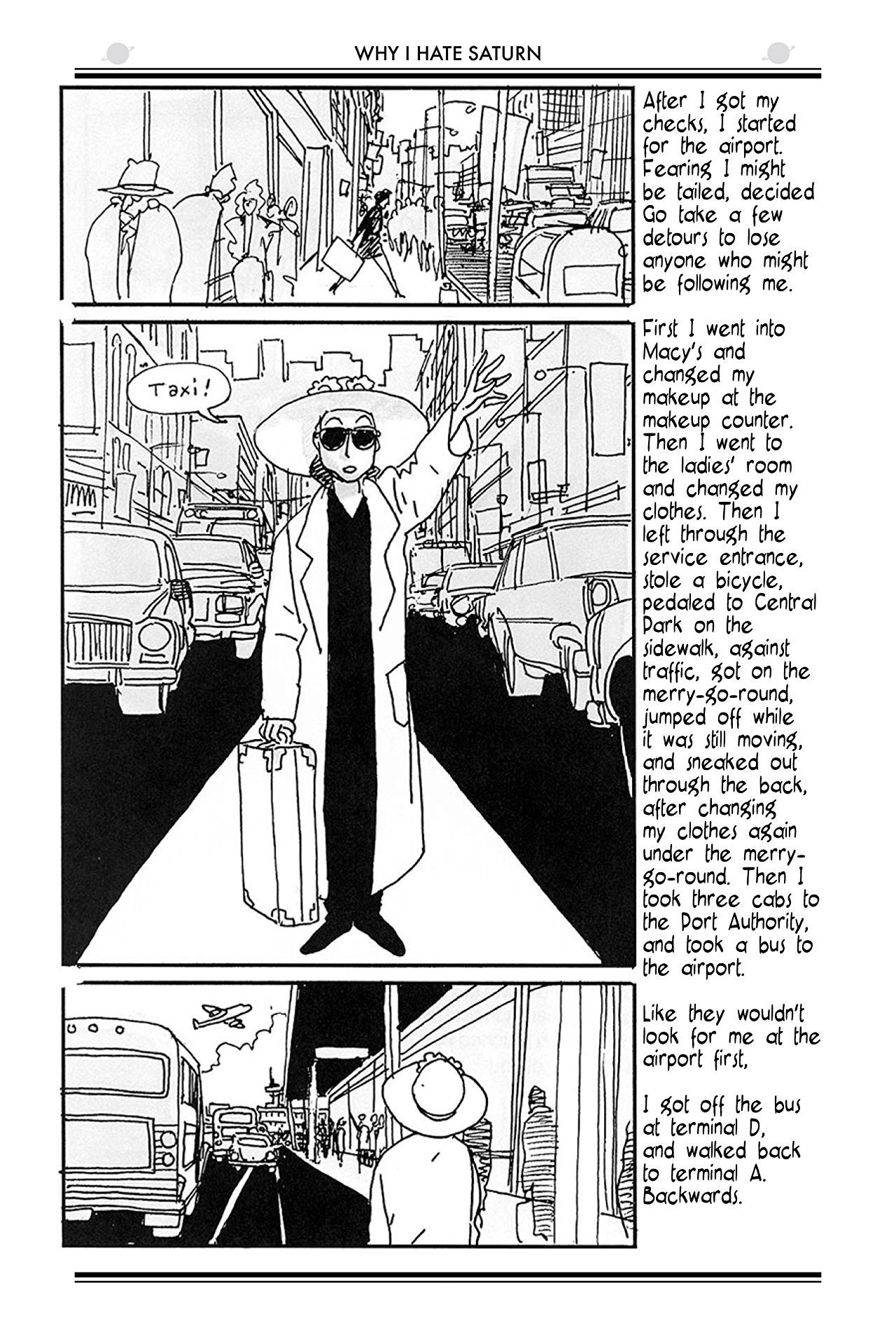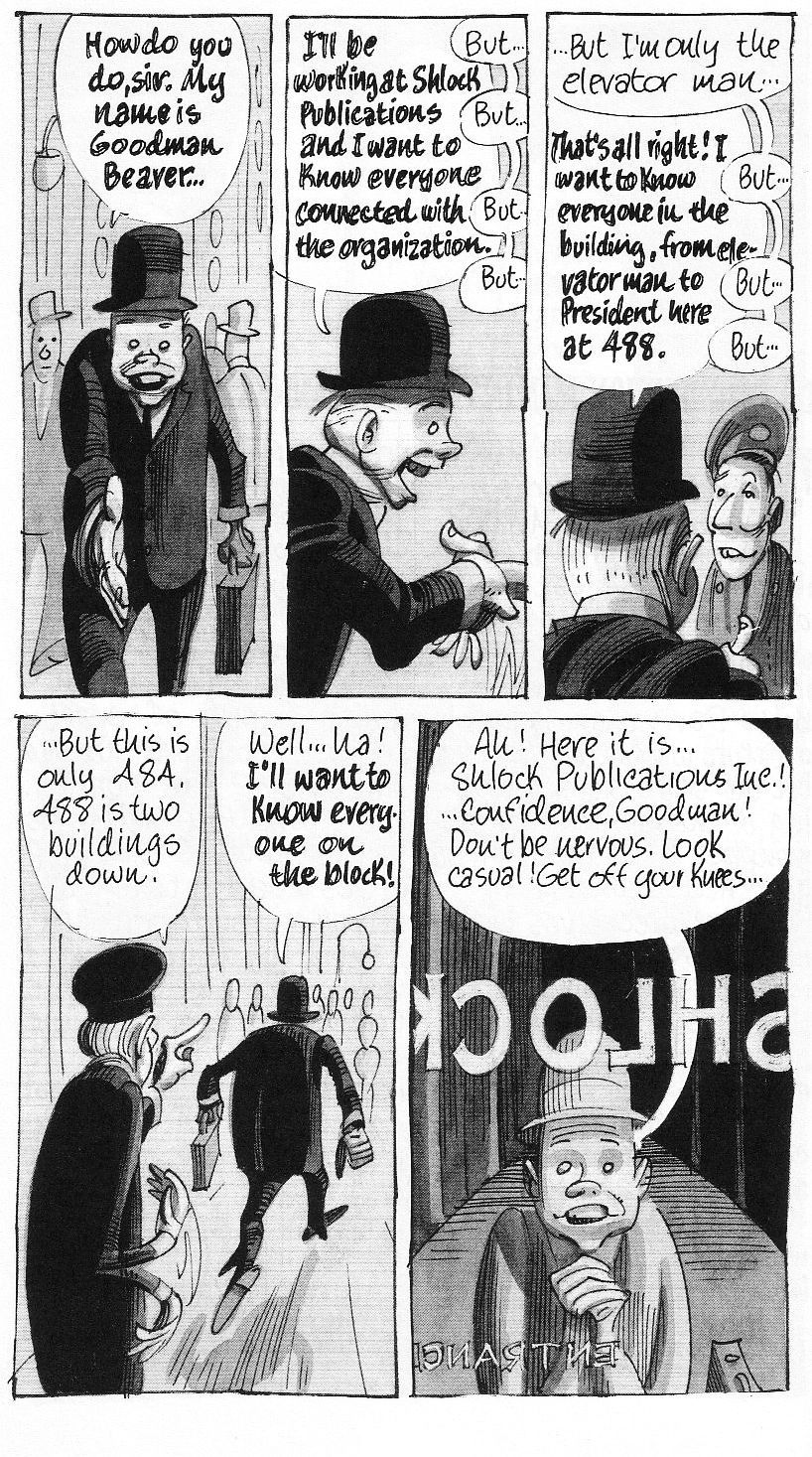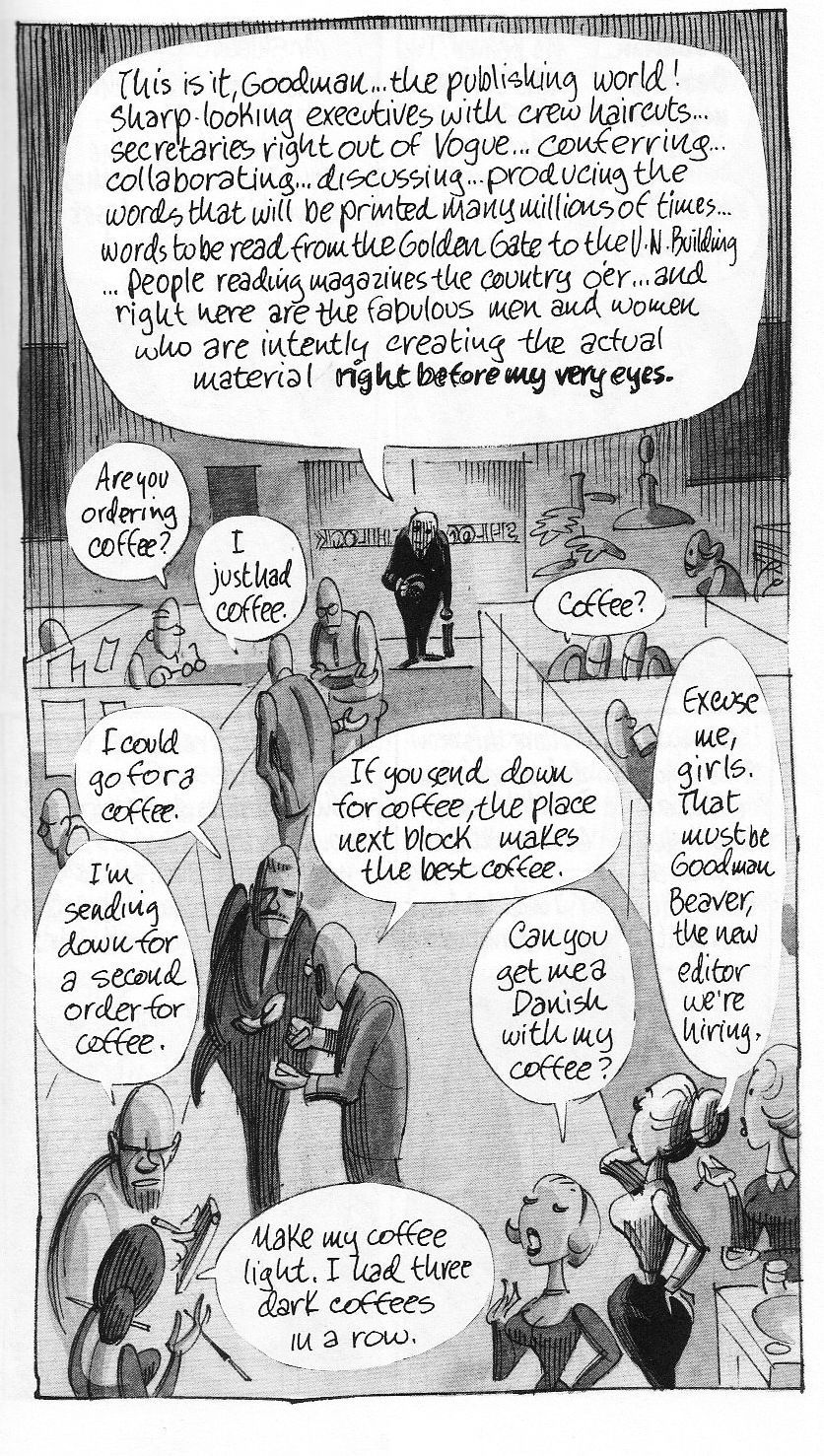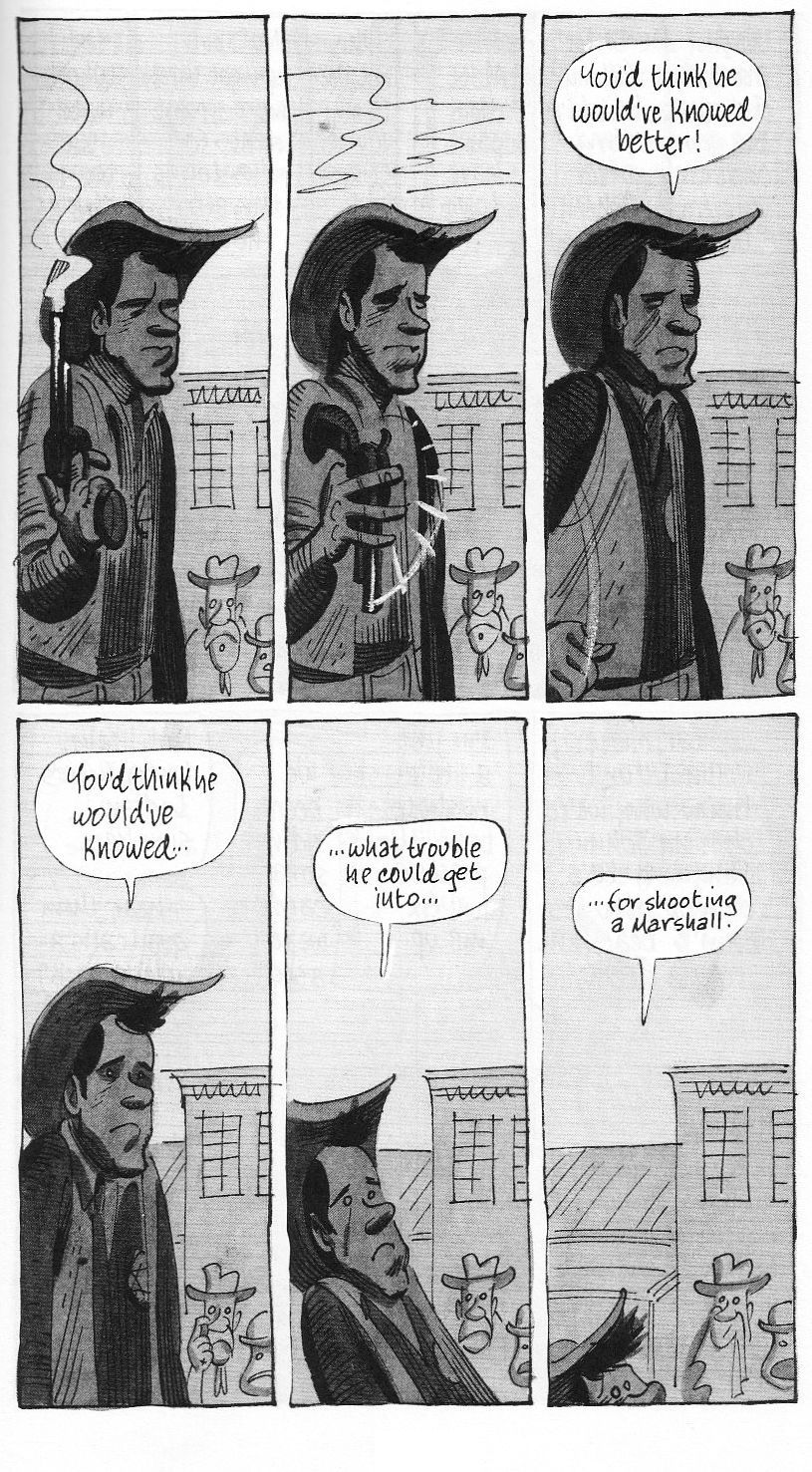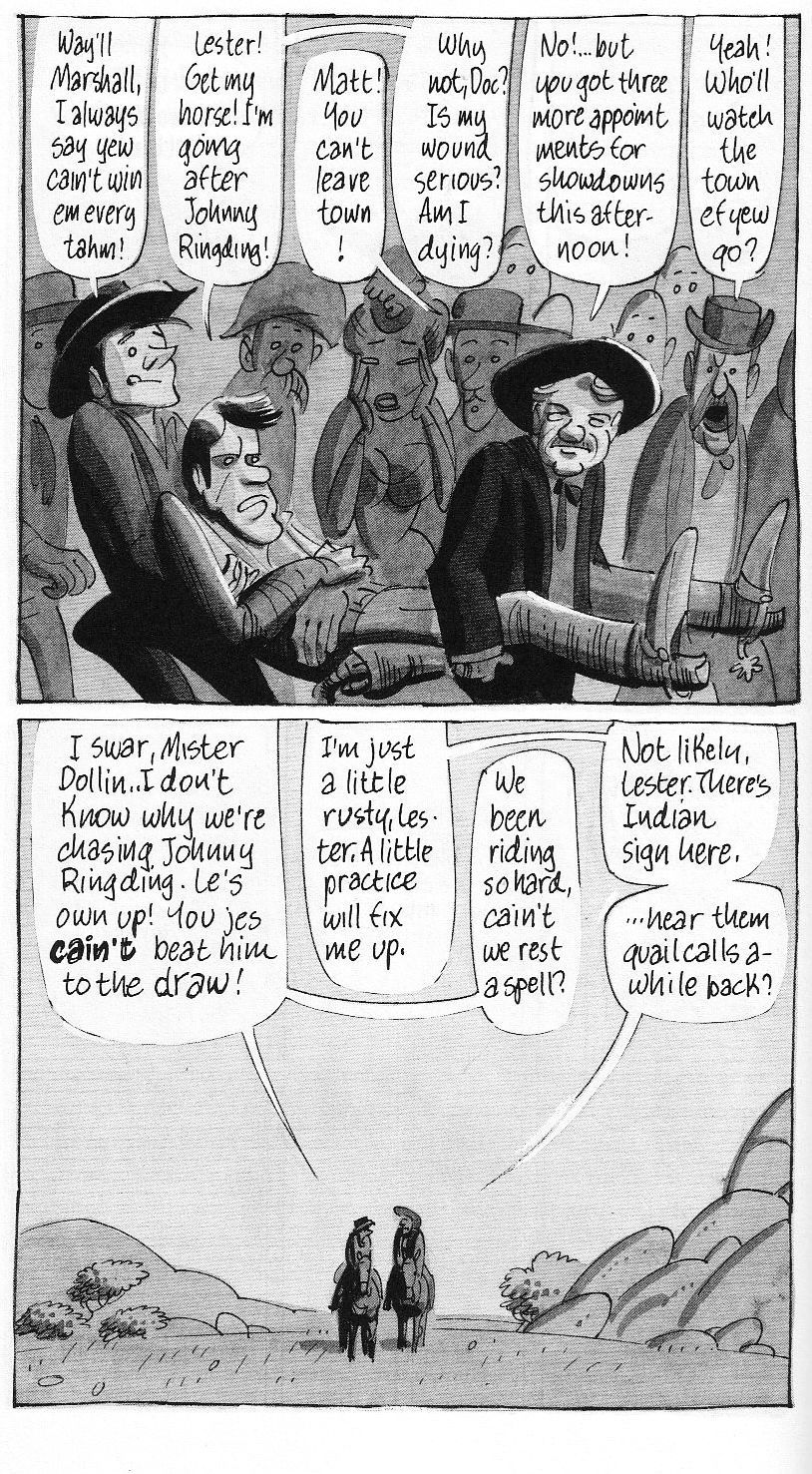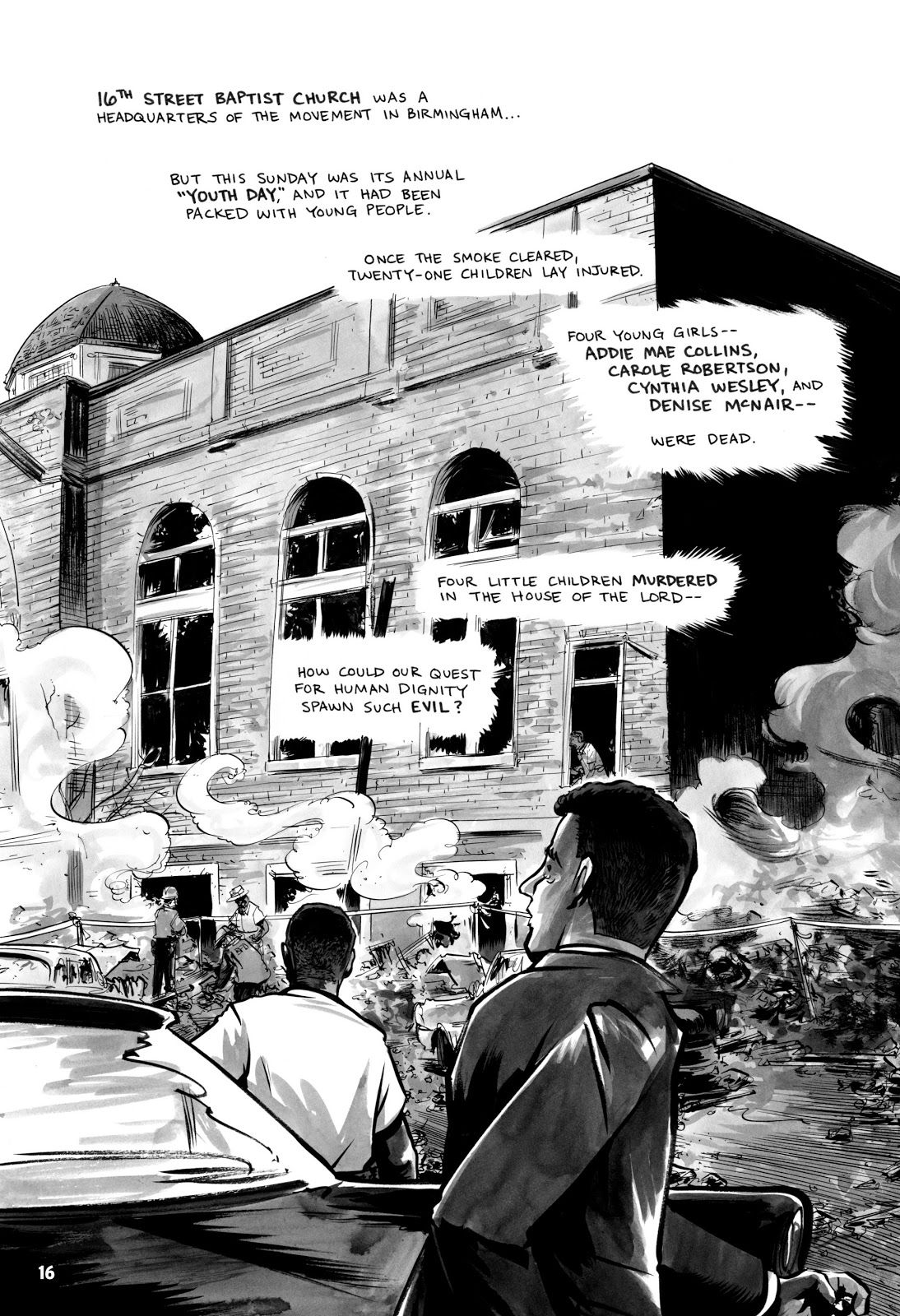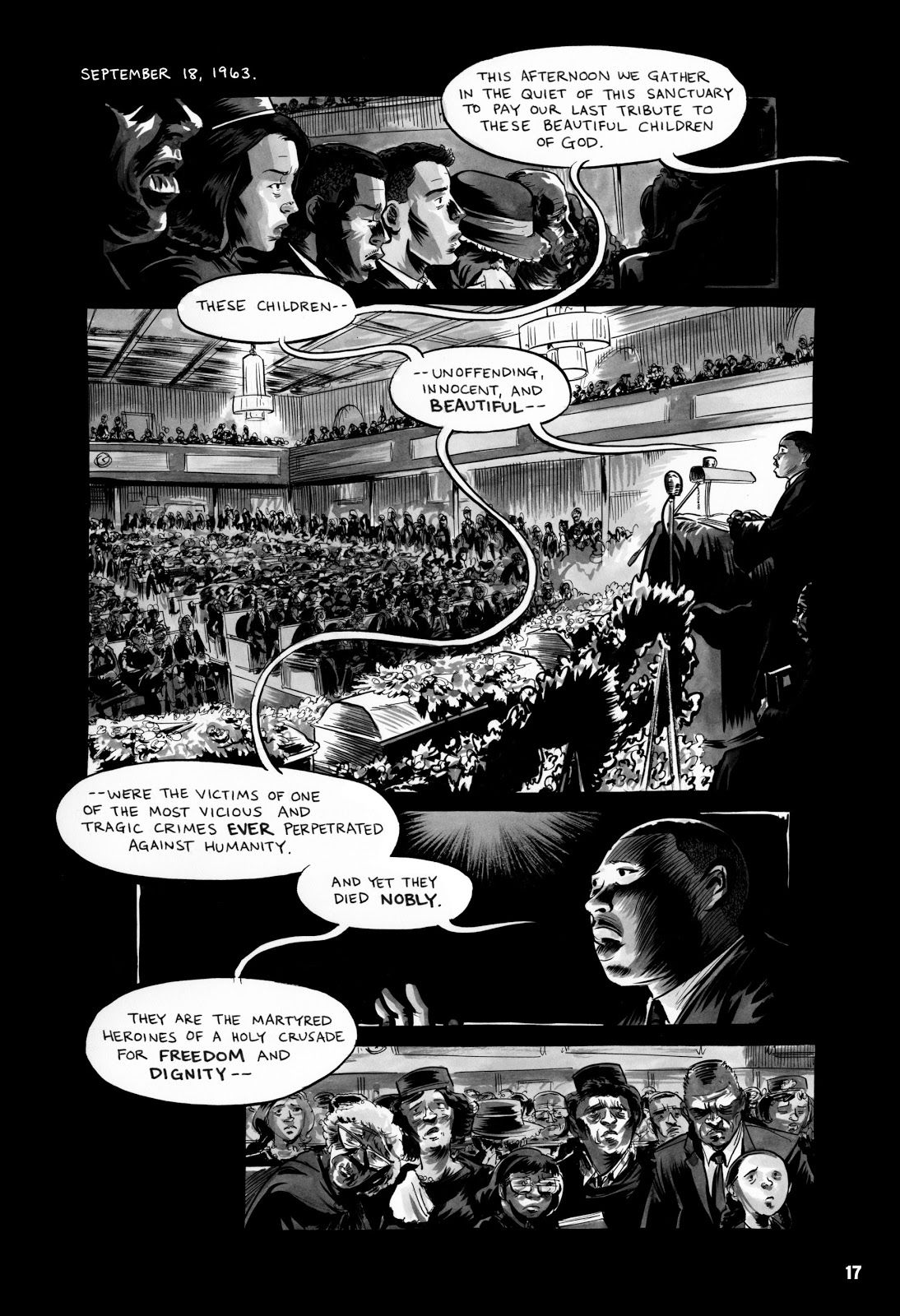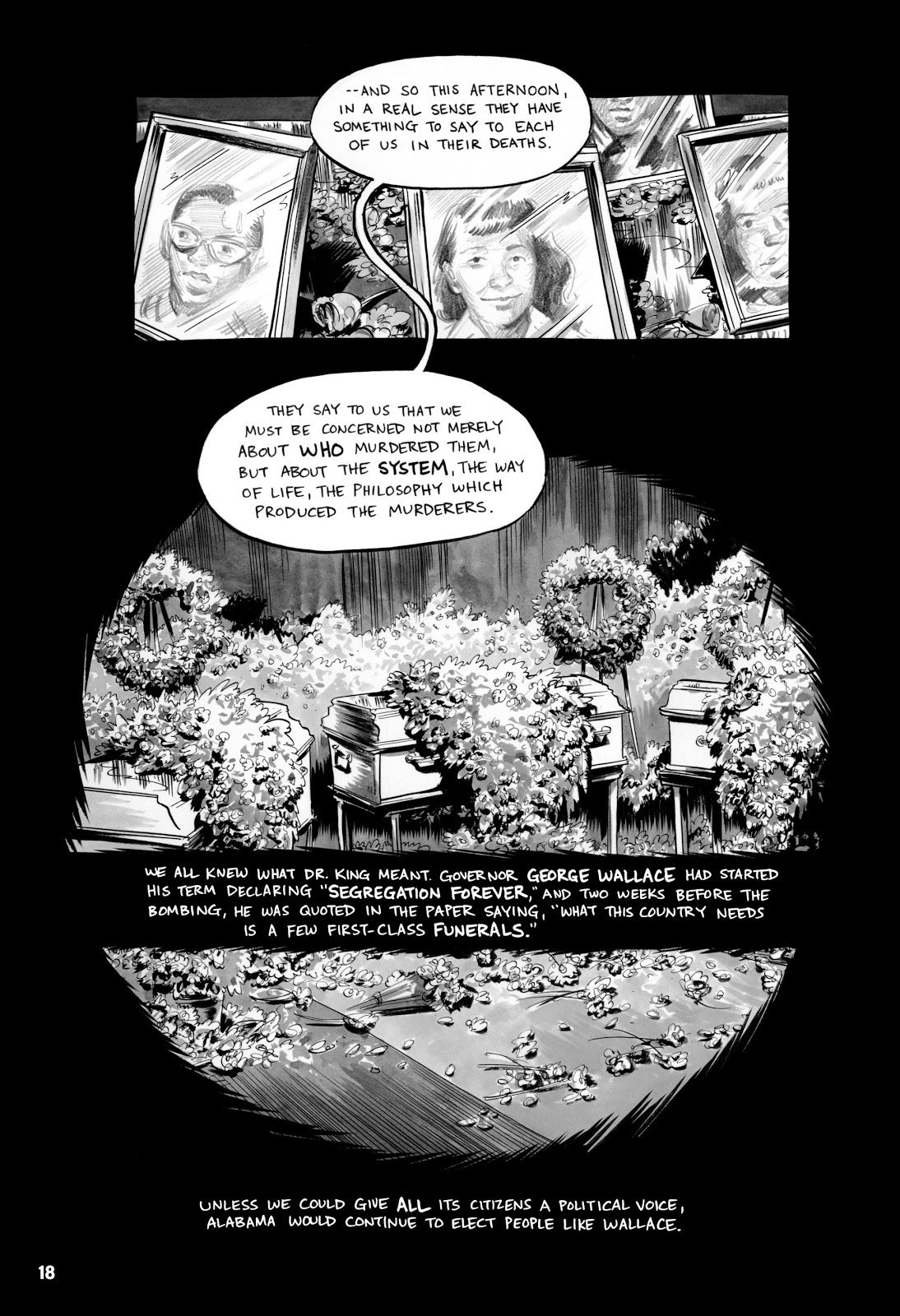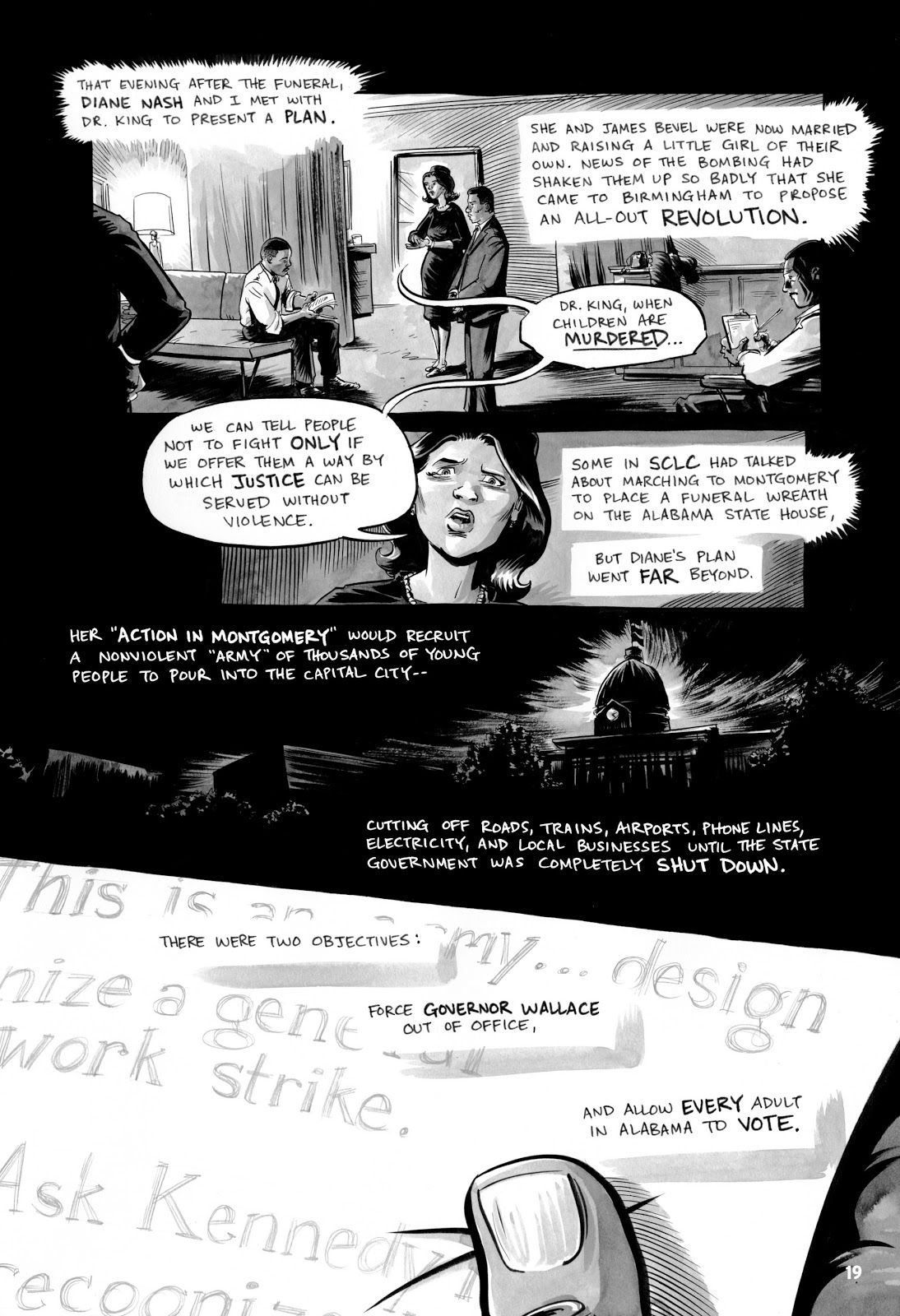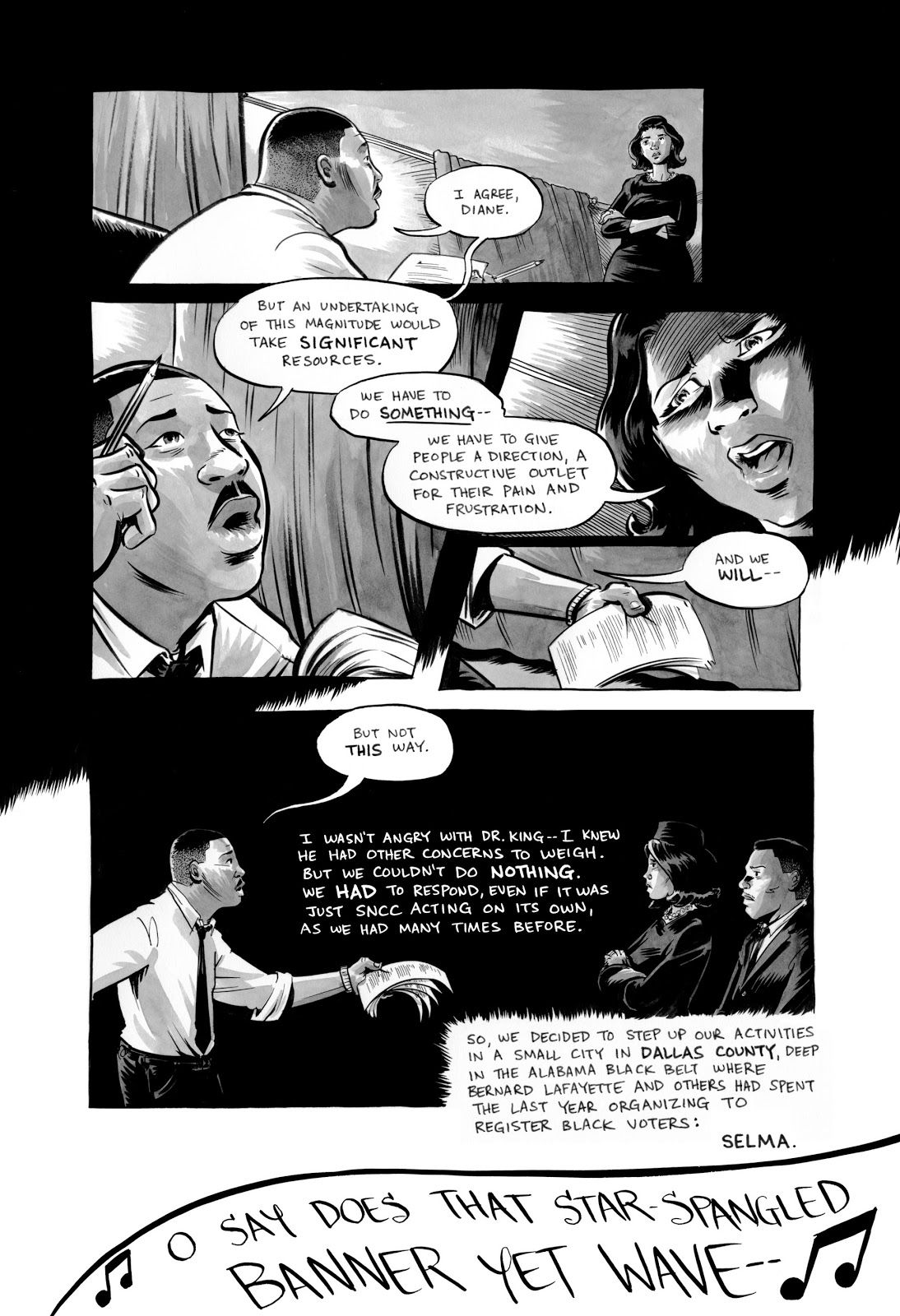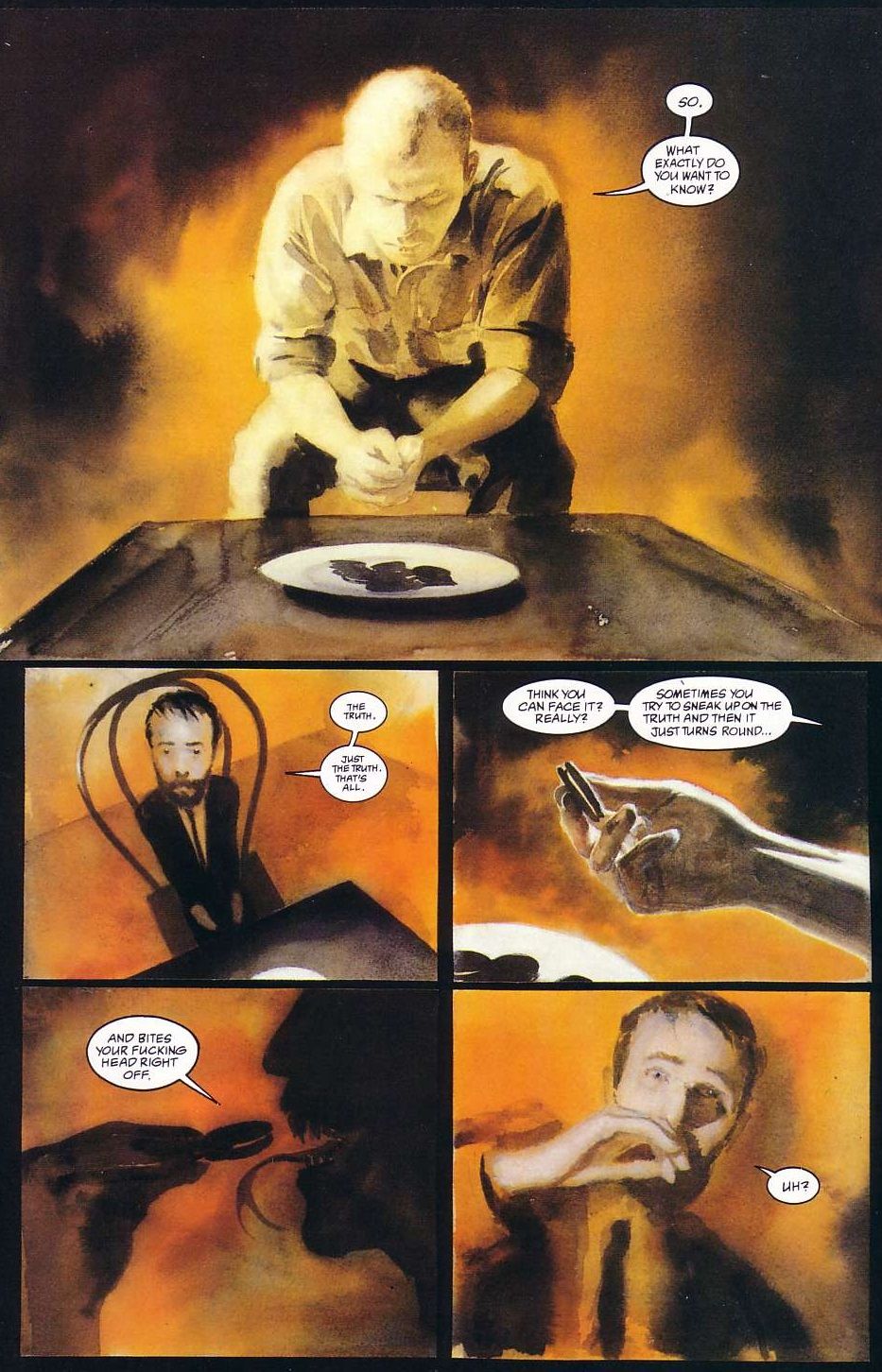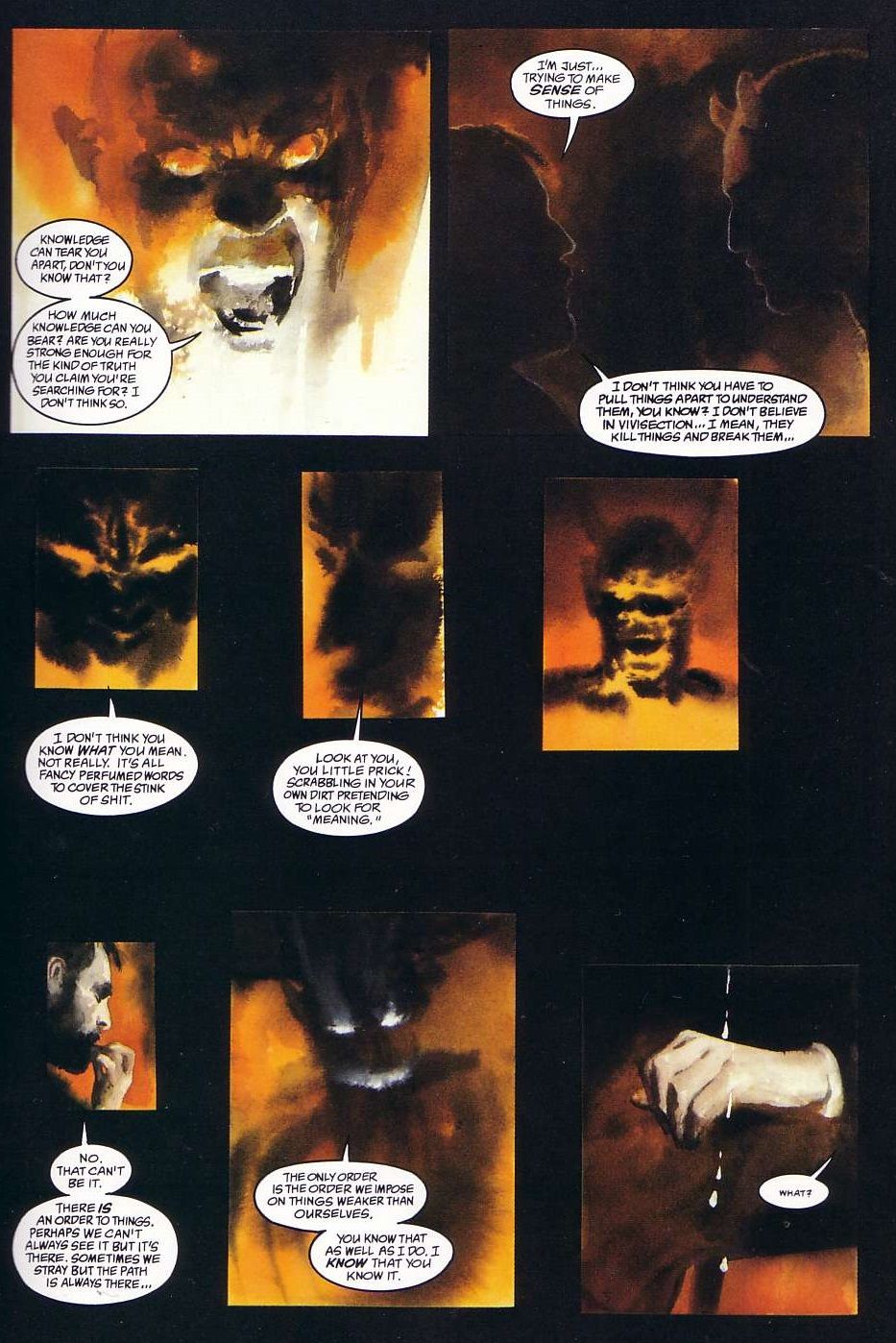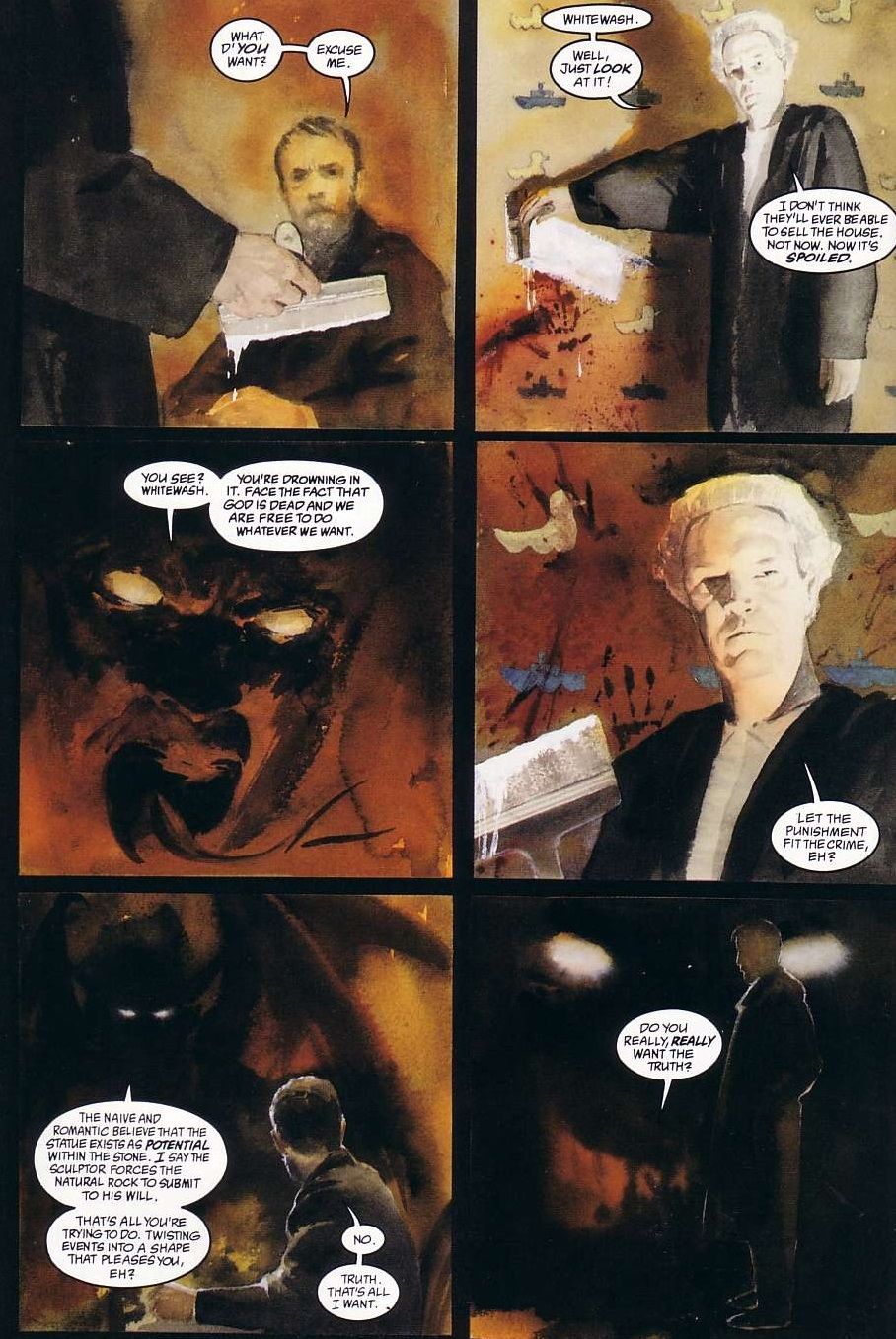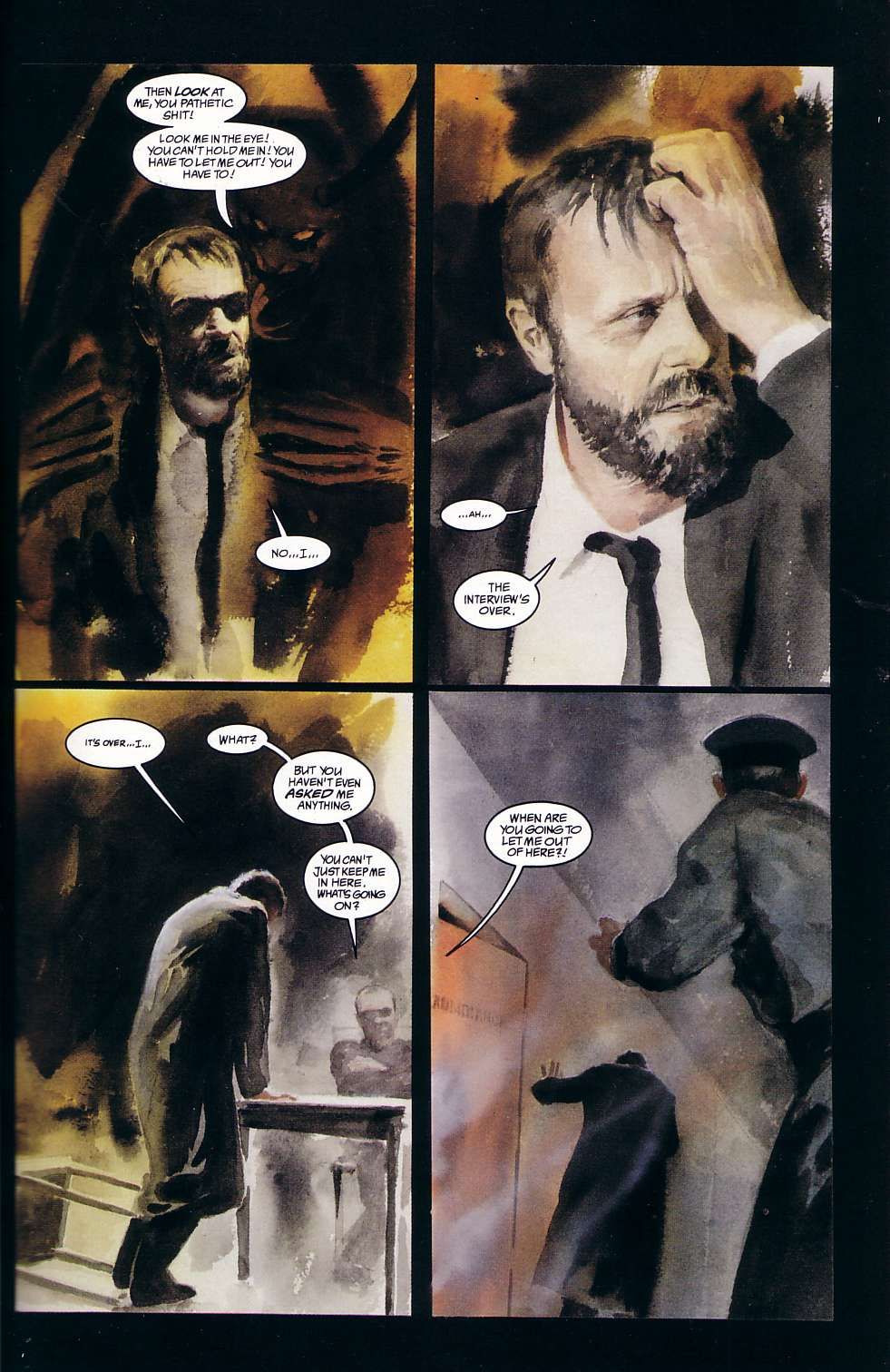You voted and now we continue our countdown of your votes for the top original graphic novels of all-time! These are graphic novels that were not serialized as comic books before they were released as graphic novels.
Enjoy!
45. Batman: Ego by Darwyn Cooke (2000)
The first major comic book work by the great Darwyn Cooke, Batman: Ego sees Batman hunting down a henchmen of the Joker's who Batman catches right before he tries to kill himself. He explains to Batman that he failed a job for the Joker, so he was already dead. He had already killed his family to save them from being tortured to death by the Joker and then he killed himself right in front of Batman.
Batman can't handle this shock very well. He returns home and he has a bit of a confrontation between his own mind. His id comes to him as Batman, with himself as Bruce Wayne representing the superego and there is a major conflict...
It's such a brilliant piece of work, with expressive and imaginative artwork and a compelling exploration of the mental trauma that accompanies being Batman at the center of the story. There's a good story about this book that I don't think I've ever done as a Comic Book Legend. I know, I'll cover it later tonight!
This brilliant work got Cooke on to the comic book scene after he spent the 1990s working in animation and Cooke would effectively never look back.
44. Why I Hate Saturn by Kyle Baker (1990)
Kyle Baker's second graphic novel (following The Cowboy Wally show) stars a young writer trying to make it in New York City as a single woman. This being 1990, Baker was way ahead of the curve on stuff like Seinfeld or Sex in the City when he shows the character interactions involved...
However, her life gets turns upside down when her sister visits, her sister who believes that she is the Queen of the Leather Astro-Girls of Saturn. Her life is never quite the same after that...
It's a wonderful book filled with inventive, personal and powerful set pieces. Naturally, of course, the art is also outstanding.
43. Harvey Kurtzman's Jungle Book by Harvey Kurtzman (1959)
After inventing the comic book parody magazine, Mad, for EC Comics, Harvey Kurtzman clashed with EC head, Bill Gaines, and one of the things Kurtzman wanted was for his comic to be treated with more respect. Kurtzman wanted it to turned into a magazine. Gaines agreed and inadvertently, Gaines created the magazine that would keep EC Comics afloat while their comic book line fell apart in the wake of the Comics Code. Magazines, after all, do not have to be approved by the Comics Code.
Ultimately, Kurtzman left EC anyways to go work for Hugh Hefner, who helped build up a new magazine for Kurtzman called Trump. Hefner went through some money problems around this time, though, so Trump was shut down after just two issues. Kurtzman and the creators he had brought over to do Trump quickly tried a new magazine called Humbug, but it, too, failed.
Kurtzman then made a pitch to Ballentine Books. They had initially been the company that reprinted Mad Magazines into trade paperbacks (reformatting the art to fit into the trade paperback format rather than a magazine size). Kurtzman wanted to do an ORIGINAL comic book trade paperback, which became his ill-fated 1959 adult comic parody graphic novel, Harvey Kurtzman's Jungle Book.
He did four parody stories. One of them was a look at "young businessmen starting in a company" starring Goodman Beaver, a character Kurtzman would later have a lot of success with in other formats.
There was also a Gunsmoke parody...
Over a hundred pages of Kurtzman's particular brand of humor - very cool!
Page 2: [valnet-url-page page=2 paginated=0 text='The countdown continues with #42-41!']
42. March by John Lewis, Andrew Aydin and Nate Powell (2013-2016)
Inspired by the famous comic book story starring Martin Luther King that was given out in the late 1950s/early 1960s, U.S. Representative John Lewis, a major player in the civil rights movement in the South in the 1960, decided to turn his time in the civil rights movement into a graphic novel, March, which was released in three parts between 2013-2016.
At one point, Lewis discusses the death of four young girls in a racist attack on a church. Young Lewis rides out there on a bus and he quickly tries to formulate a plain with the other civil rights leaders...
Nate Powell's use of shadows made for some powerful moments (the subject itself is obviously quite powerful, as well).
41. Mystery Play by Grant Morrison and Jon J. Muth (1994)
In a small English town, a Mystery Play (a religious play for the whole town) is halted when someone kills the actor who played God. An outside detective comes on to the case, and his first suspect is the actor who played Satan. Check out this amazing Jon J. Muth sequence where the man investigating the case interviews the actor...
Of course, as you expect, the detective is not quite who he appears and as we get to the bottom of that, we learn some more about the very nature of god itself (while trying to solve a murder).

